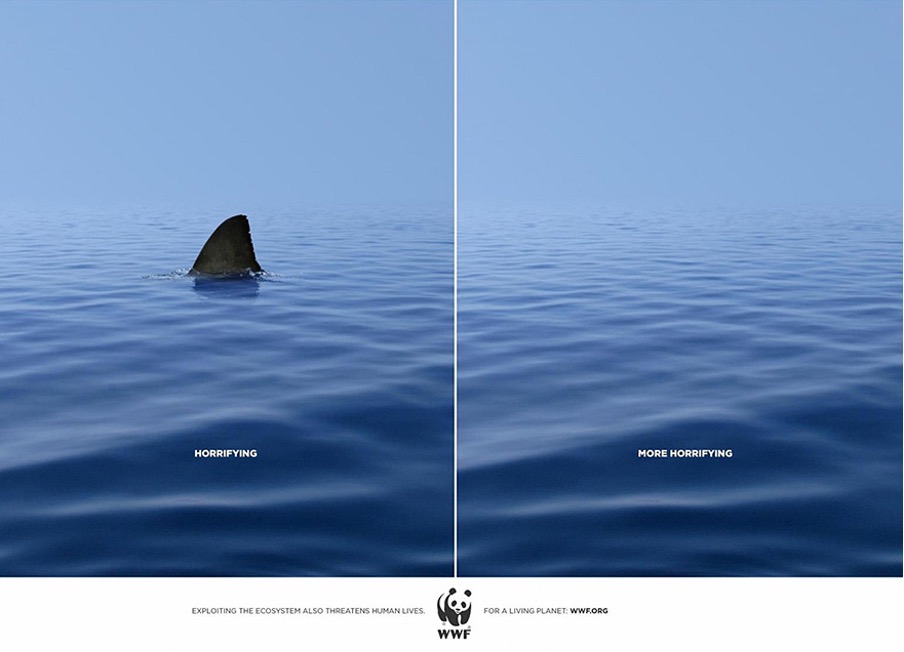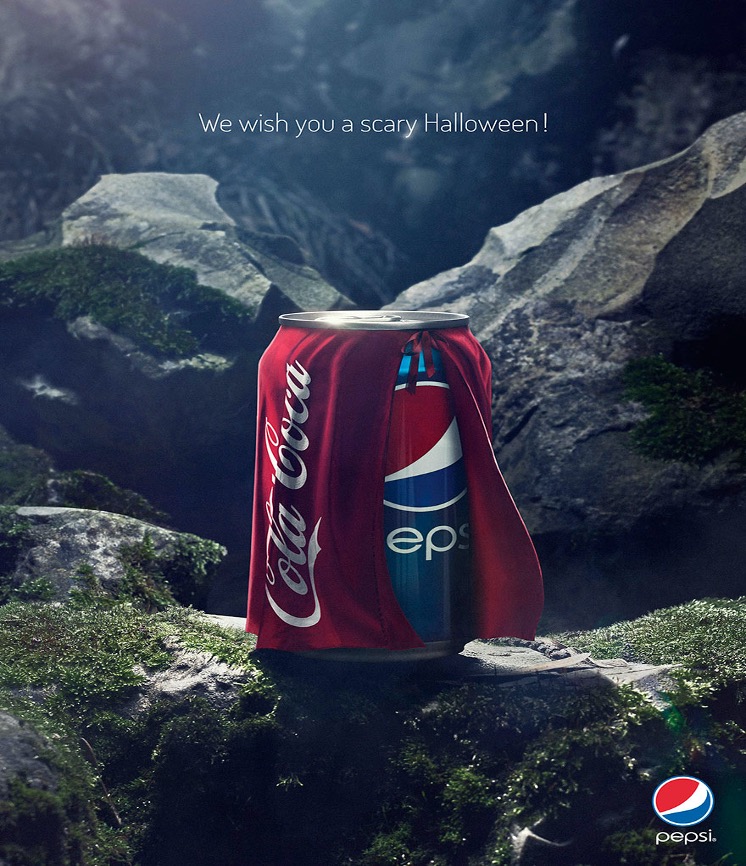Welcome to our follow-up entry to The Power Of Storytelling In Advertising! If you’re here by mistake, you might want to click here and read our original post before you move on to this one.
No? Still here? Alright then, let’s quickly recap what we talked about in the last article.
The fundamentals of storytelling also apply to advertising. Establishing who, what, when, where, how and most importantly, why, with any advertising is crucial when communicating with your audience. But whilst doing this is essential, not all advertising uses storytelling much beyond this.
Now, of course, we can get around actually having to tell a story in advertising as sometimes it might not be totally necessary to sell whatever is being advertised to an audience. However, storytelling enables us to access our audience’s emotions in a way that other forms of advertising that don’t use storytelling just can’t
Is it all about connecting with an audience though? Is storytelling in advertising always a guaranteed method for achieving results? Can we not just create cool advertising that doesn’t have such a focus on storytelling?
Does Playing On Emotion Always Work?
In a word, no. Playing on emotion in advertising is like walking a tightrope between two very tall buildings. If you or your ad falls, then you fall long, and you fall hard. Let’s look at a rather painfully obvious example courtesy of McDonald’s from 2017.
Without being too horrible to the world’s best-loved fast-food service, we can safely say; they were well off the mark with this one. If we were being particularly unkind, we could say this is a shameless attempt to capitalise on the wrong kind of emotion, grief. From a storytelling perspective, the ad works pretty well, but the approach McDonald’s takes is entirely wrong.
It might sound a bit like preaching double standards at this point but not every emotion or experience humans can go through should be fair game for advertising. The motive and objective of an advertising campaign are crucial. Charities as an example; can get away with executing more controversial or attention-grabbing advertising campaigns because their interests are not commercial.
However, this doesn’t mean that advertising cannot be obvious and play on emotions more creatively. Purely because its interest is commercial. Let’s take a look at this little heart-warmer from the twilight years of Thompson.
Charming, isn’t it? A relatively tongue-in-cheek riff of the classic package holiday, with more than a few not-so-subtle nods towards Shrek. The ad succeeds because it keeps the storytelling light and doesn’t take the subject (or itself) too seriously. Simon is a caricature, exhibiting many of the stresses people live with and feel in their jobs. But not all of them.
We as the audience know, that this is a picture-perfect advertisement for a family holiday that most of us can only dream of. The reality is, that there are many more factors that limit the chance of every family (let alone a family of three) in achieving this kind of holiday happiness.
But it doesn’t matter, because this is the kind of family-focussed advertising that does work. It’s accessible to all because it doesn’t take itself too seriously and crucially, it plays on the right kind of sentimentality, which the McDonald’s campaign did not.
Can storytelling be applied to all forms of advertising?
There are limits to storytelling with a single image but, they can still stretch a long way. Advertising existed way before television and the internet became easily accessible, right? So if it worked for nearly 100 years before, who’s to say it doesn’t still work now?

The cover above from the World Wildlife Foundation is clever in more ways than just the obvious. From a storytelling perspective, many advertising campaigns will struggle to tread a fine line between being humorous, and staying relevant.
Since Jaws dominated theatres (and many people’s nightmares) more than 40 years ago, the image of a shark’s fin can always be seen as both a call-back to that film and an omen for danger. Now, we know that sharks are not a malicious species out to eat us at every opportunity. The ad makes fun of our immediate bias against sharks.
We know that sharks can be scary, we know that the ocean itself can be a scary place. But that void of nothingness in the right hand of the image is a powerful reminder that an ocean without life, is far more frightening. The storytelling in this ad is very nuanced. It doesn’t tell you anything new, but it does force us to look at things from a different perspective.
Predators are scary. Death is scary but, the absence of life and death in that image of an empty ocean, is scarier still. The subtlety of the storytelling in this ad may not be obvious to everyone but that itself only adds to the brilliance of it. Those that don’t understand, might ask questions or make inquiries, opening up an entirely new conversation to learn more about the issue the ad is raising.
If you only have a single image to raise awareness for whatever it is you’re advertising, then you have to get creative. Sometimes nothing is more visually arresting than something provocative which lets your mind fill in the gaps as to what you’re looking at. An implied story, that we the audience have to work out for ourselves.

How best to capitalise on a decades-long rivalry with a major competitor without writing a single word? Make fun of them at every given opportunity of course! Who needs poignant storytelling when you can tickle ribs with a bit of creativity at your competitors’ expense? Well, unless the publicity they might get from similar ventures may be something they end up thanking you for in the end!
Can Style Triumph Over Substance?
That last entry then raises the question; does advertising need to have a deeper message to connect with its audience? Can we get away with creating striking and brilliant imagery that does absolutely nothing to reach our audience on a deeper level other than, to be cool? A balance must be struck.
You don’t have to be saving the planet or marketing products that people will have deep and powerful experiences with for the rest of their lives, to create captivating advertising. Having a concept for your ad that sounds cool can sometimes be enough to roll with and then expand from. Just ask the Muscles From Brussels.
Why the hell not, right? You have a niche product that will only hold real appeal for a narrow target market. No offense there to anyone in the logistics and haulage business! How do you elevate a product like this above its competitors? By showing it off in one of the few ways you can without most people being sure of what they’re watching.
By doing something so ridiculous in the foreground that everyone else sees and shares it, allowing your target market to view the product for what it is and appreciate it, whilst capitalising off the back of all the additional hype the ad generates.
What we, the casual viewer sees, is Jean Claude Van Damme performing the most epic of splits. What the target market sees is the incredible steering power and graceful driving of the two Volvos. Building hype and advertising a product exactly how it should at the same time. In a word, genius.
Can it go wrong? Yes, of course, it can. The world has no shortage of terrible advertising that lacks both style and substance. However, sometimes advertising can combine both style and substance and still just miss the mark.
Some may say that missing the mark with this ad is a very harsh critique, but, hear us out first. It is still a great bit of advertising from IKEA. It has bags of style, a cool concept, brilliantly subtle marketing of the products that the company offers, all thanks to strategic placement in almost every shot of the ad.
But then, the image is broken by the most careless piece of pricing that there ever has been (ok, maybe a tad dramatic). The entire ad is littered with products from IKEA as we said. So why does it choose to price one item, one measly bed, for the sake of shattering the illusion of the ad?
There is no worse a reminder, that what you’re watching is not some beautifully conceived and constructed short-film, than a price tag flashing at you on screen. This isn’t a nit-pick; it is an important point about how easy it is to sacrifice style and substance in favour of pursuing a commercial interest.
There are a dozen products from IKEA featured in the ad. For what reason did they put a price on only one? Why snap the viewers’ attention away from everything they have been engrossed in? Why end the otherwise stylish storytelling, for the sake of a bed frame? As soon as this happens it decreases the value of the ad and breaks the viewer’s attention.
Yes, the Volvo ad features text on the screen towards the end of their ad. But it adds a different dynamic to how we view the ad. It explains something that would otherwise have gone unnoticed to most of the casual viewers who were not a part of the target audience. The IKEA ad doesn’t need to put a price tag on anything in their ad but, they do.
Why is it there? We don’t know and we can only speculate, so let’s not. It is still an otherwise great piece of advertising. However, it sacrifices its style and substance, by breaking the rules within its production. The first rule of filmmaking is always; show, don’t tell. The rule can be bent instead of being broken but only when appropriate.
Storytelling in advertising is a powerful tool. We’ve seen now just how powerful it can be for creating memorable advertising, even though it requires a lot of skill. Storytelling will always better connect your advertising with an audience on an emotional level. Only when done the right way. Some advertising campaigns will rely on complex storytelling heavily, whilst others may only require or wish to use the basics to get by.
The fundamentals of who, what, when, where, how and why, will always remain crucial for storytelling, but not in that or any particular order. But our point is that storytelling is there to be used in advertising and it should be used sparingly in our opinion.








